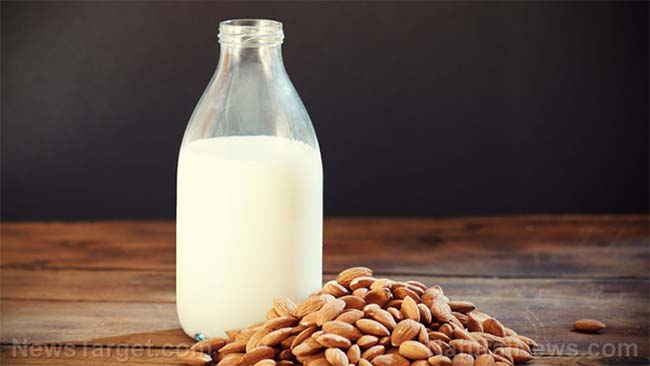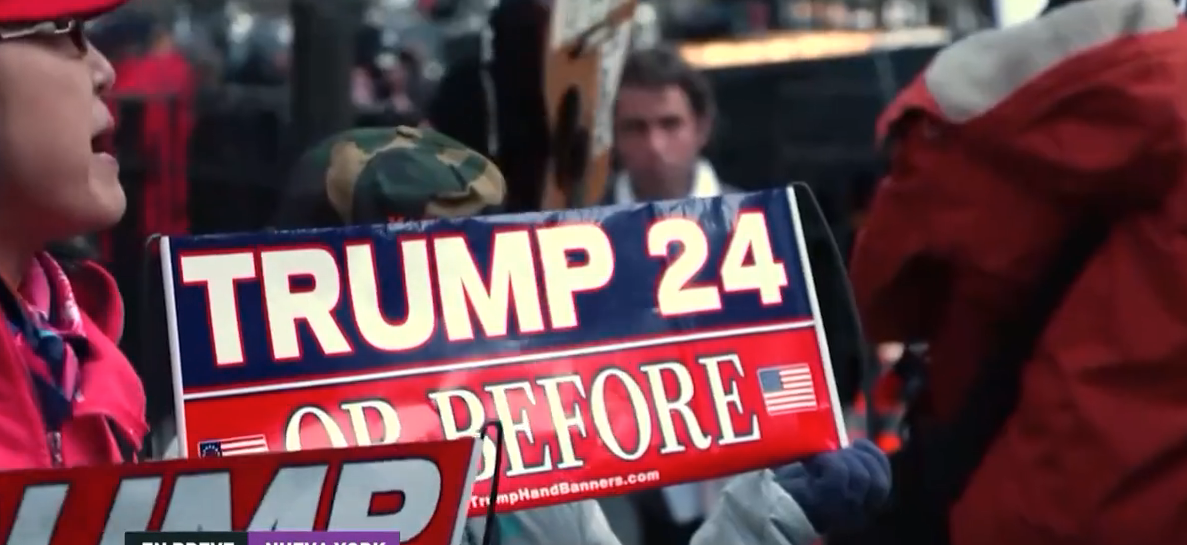by Paul Craig Roberts
Interview of Paul Craig Roberts by the Russian Geopolitical institute GEOFOR.
https://geofor.ru/ru/news/486/
https://geofor.ru/en/news/486/
There are two main avenues to a potential US financial crisis. Such a crisis, because of US financial dominance and because of the interconnections of globalism, which was a huge mistake for humanity, would be international.
One avenue to crisis is the Federal Reserve’s current policy of raising interest rates. This policy follows many years of nearly zero interest rates in nominal terms, and negative interest rates in real terms. During these many years the financial assets banks accumulated on their balance sheets, such as bonds, pay a low rate of interest. When the central bank (Federal Reserve) raises interest rates, the values of the lower interest rate financial instruments fall, thus shrinking the asset side of banks’ balance sheets but not the liabilities side. Thus the central bank’s policy is pushing banks toward insolvency. When depositors realize that their deposits could be frozen for some time or lost if over $250,000 in size, as many corporation payrolls and some individual accounts are, they withdraw their deposits. The banks cannot meet the withdrawals because their assets have shrunk in value relative to deposits and because as they sell the depreciated assets to meet the withdrawals the prices of the troubled assets fall further. Silicon Valley Bank had assets heavily weighted with low interest rate US Treasury bonds, the value of which was driven down by the Federal Reserve raising interest rates. The other two banks were victims of crypto-currency which is too volatile for a bank’s balance sheet.
To prevent the failure of the three US banks from causing a general panic, it was announced that the central bank would provide all banks with sufficient cash to meet withdrawals and that all deposits were insured even if they were higher than the insured amount. This should prevent panic.
However, if the central bank continues to raise interest rates, the higher rates will push more banks into insolvency. Central banks make mistakes just like everyone else. In Europe Credit Suisse, a large international bank, is in trouble, yet the European Central Bank just announced a rise in interest rates.
The second avenue to crisis is the trillions of dollars in derivatives held by the five large US banks, which are international in their transactions. According to published reports, the five largest banks have $188 trillion in derivative exposure. This sum is vastly greater than the banks’ capital base. No one knows what the risk is in these derivatives. But the dollar amount is much higher than in 2008, so the potential for a worse crisis exists. A crisis only takes one mistake by one bond trader at a large institution to ignite a crisis.
The derivative crisis that occurred in 2008 (slowly building during 2006 and 2007) resulted from the repeal in 1999 of the Glass-Steagall Act which had prevented financial crisis for 66 years since its passage in 1933. Advocates of repeal claimed that “financial markets are self-regulating and do not need regulators setting rules.” They were wrong as became clear nine years later.
The Glass-Steagall Act separated commercial from investment banking. Commercial banks that take in deposits and lend on that basis were not permitted to undertake more risky and speculative ventures as investment banks that at that time were capitalized by the personal fortunes of their partners. This prevented commercial banks from speculating with depositors’ money. The repeal of Glass-Steagall let commercial banks use depositors’ deposits, not the banks’ own money, to behave like investment banks. This is how the large commercial “banks too big to fail” acquired massive derivative exposure. The derivative risks were not understood either by the banks, the rating agencies, or the regulators and exploded into the 2008 crisis resulting in taxpayer bailouts of banks and a decade of low interest rate policy in order to rebuild the asset side of banks’ balance sheets.
The public was annoyed by the bailout. The result was the Dodd-Frank Act which was misrepresented by politicians, economists, and financial media as a fix of the problem caused by the repeal of Glass-Steagall. But it was not a fix. Dodd-Frank created a new problem. What the Dodd-Frank Act “fixed” was to prevent taxpayer bailouts. Instead, there would be “bail-ins.” What this means is that banks in trouble would bail themselves out by being permitted to seize depositors’ money. In other words, the Dodd-Frank Act created a powerful incentive for runs on troubled banks. A troubled bank doesn’t necessarily mean, or result in, the bank’s failure. But because of the Dodd-Frank Act the depositors cannot take the risk, so they withdraw their funds and cause the bank to fail.
To summarize, smaller conservative and prudent banks that invested in “safe” assets such as US Treasury bonds face bank runs. Larger banks with massive derivative risks are one bond trader’s mistake away from exploding the financial system. The 2008 crisis and the potential for more crises rests entirely on the repeal of Glass-Steagall and the enactment of Frank-Dodd. We are looking at the total, complete failure of intelligence on the part of the US government and economists. Their handiwork has the capability of collapsing the existing financial system of the world. It was the work of total idiots.
There is, of course, the question: Is this real stupidity or is a plot unfolding to collapse the financial system as we have known it in order to “save” us with the introduction of central bank digital currency? Are we passing from the remnants of democracy and self-government into total tyranny?
A study finds that 200 US banks face the same risk as those that destroyed Silicon Valley Bank. The Federal Reserve’s higher interest rates are destroying the banks’ solvency. Yet the Federal Reserve has not backed off its disastrous policy, and with Credit Suisse’s failure looming, the EU central bank raised interest rates! Yes, people are stupid. But are they this stupid? Could this be intentional with a secret agenda in mind such as digital currency? https://www.rt.com/business/573181-us-banks-risk-svb-collapse/











